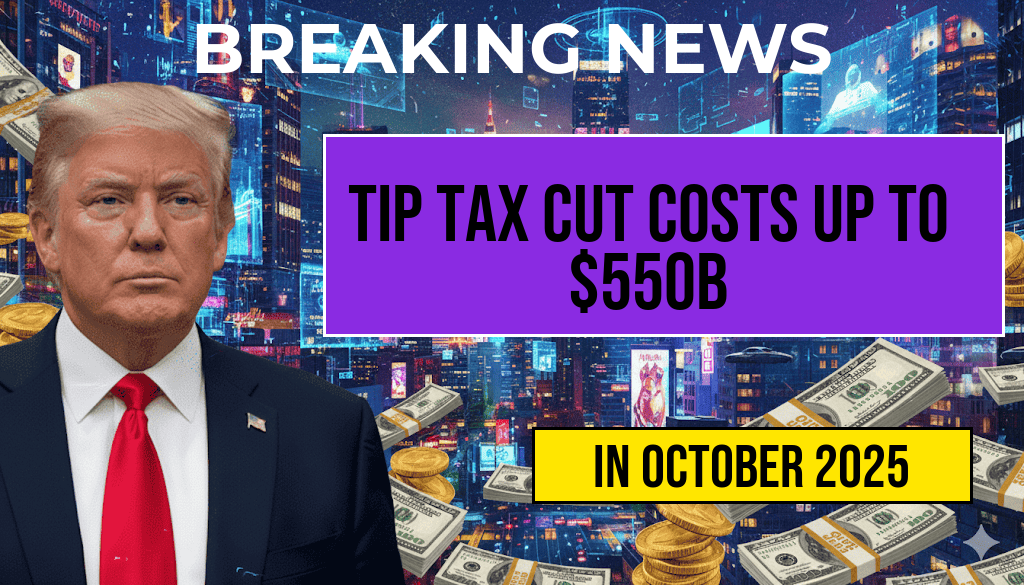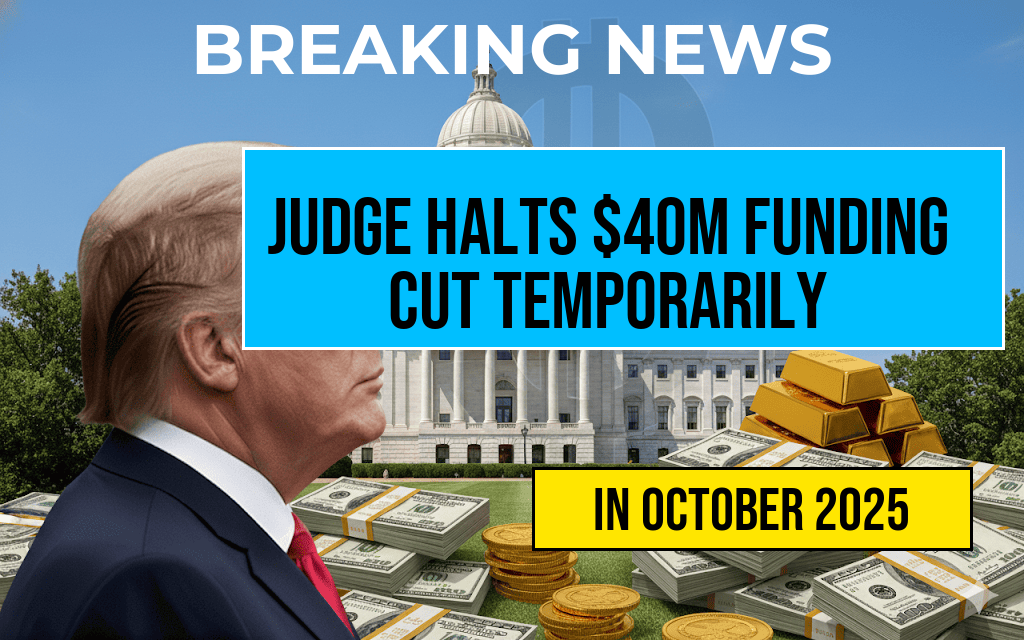The debate surrounding the taxation of tips has gained significant traction as estimates suggest that making tips tax-free could cost the U.S. government between $100 billion and $550 billion. This potential tax cut would primarily benefit workers in the service industry, such as waiters, bartenders, and hairdressers, who often rely on tips as a substantial portion of their income. Advocates argue that eliminating taxes on tips would provide financial relief to low-wage earners, while critics warn of the broader fiscal implications for government programs and services. As lawmakers consider this policy shift, understanding the potential economic impact and the demographic that stands to gain the most is essential.
Understanding the Tip Tax System
Currently, tips are considered income and are subject to federal income tax, as well as Social Security and Medicare taxes. The IRS requires that all tips received be reported, which often leads to discrepancies between what employees actually earn and what is reported. The current system not only complicates the tax filing process for many service workers but also contributes to a culture of underreporting.
Financial Implications of a Tip Tax Cut
Estimates regarding the financial impact of making tips tax-free vary widely. According to research from the Forbes Finance Council, the projected loss in tax revenue could range from $100 billion to as much as $550 billion over a decade. This discrepancy arises from differing assumptions about how many workers would benefit from the change and how much additional income they would earn without the burden of taxation.
- Support for Workers: Proponents argue that this policy would significantly increase disposable income for millions of service workers, helping them manage living expenses more effectively.
- Tax Revenue Loss: Critics express concern that such a substantial reduction in tax revenue could lead to cuts in essential government services, including healthcare and education.
- Behavioral Changes: There is also the question of how this change would affect tipping behavior. Would customers tip more generously if they knew their server’s income was tax-free?
Who Stands to Benefit?
The primary beneficiaries of a tax-free tipping system would be those working in the service sector. According to the Bureau of Labor Statistics, approximately 3 million people in the U.S. work as waiters and waitresses, alongside many others in related roles. These individuals often earn a significant portion of their income through tips, making the financial implications of a tax cut particularly relevant for them.
Demographic Considerations
Workers in the service industry are often younger and more diverse than in other job sectors. A substantial portion of these workers rely on tips to supplement low wages, particularly in states with lower minimum wage laws for tipped employees. The minimum wage for tipped employees can be as low as $2.13 per hour in some states, making tips crucial for their financial stability.
The Broader Economic Impact
Beyond the immediate benefits to service workers, a tax-free tipping policy could have ripple effects throughout the economy. Increased disposable income for these workers could lead to higher spending in local businesses, thus stimulating economic growth. However, the long-term fiscal effects remain uncertain, and lawmakers must weigh the benefits against the potential for reduced tax revenue.
| Time Frame | Estimated Revenue Loss |
|---|---|
| 1 Year | $10 billion – $55 billion |
| 5 Years | $50 billion – $275 billion |
| 10 Years | $100 billion – $550 billion |
Conclusion: A Policy Under Consideration
As discussions surrounding the taxation of tips continue, lawmakers face the challenge of balancing the needs of service workers with the fiscal responsibilities of government. The potential for a tax-free tipping system raises important questions about economic equity, government revenue, and the overall well-being of workers in the service industry. With estimates ranging from $100 billion to $550 billion in lost revenue, the implications of such a policy shift warrant careful consideration and robust debate.
Frequently Asked Questions
What is the estimated cost of making tips tax-free?
The estimated cost of making tips tax-free ranges from $100 billion to $550 billion.
How would eliminating taxes on tips affect workers?
Eliminating taxes on tips could significantly increase the take-home pay of service industry workers, allowing them to keep more of their earned income.
What sectors would be most impacted by a tip tax cut?
The sectors most impacted by a tip tax cut are likely to be those that rely heavily on tips, such as restaurants, bars, and hospitality services.
Are there any potential drawbacks to making tips tax-free?
Potential drawbacks include reduced tax revenues for the government, which could affect public services, and the possibility of increased wage inequality among workers.
How might policymakers justify the cost of a tip tax cut?
Policymakers might justify the cost of a tip tax cut by arguing that it would stimulate the economy by increasing consumer spending and improving the financial stability of low-income workers.








